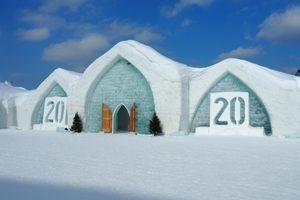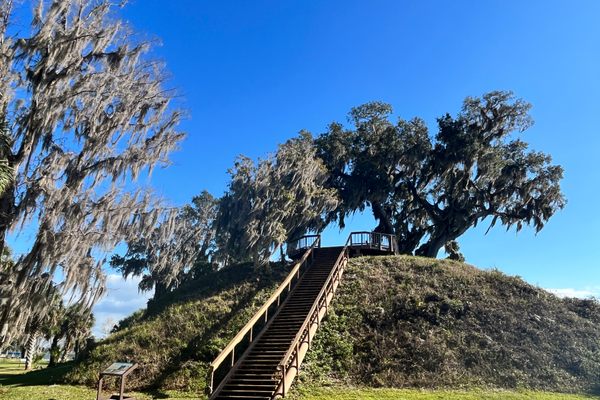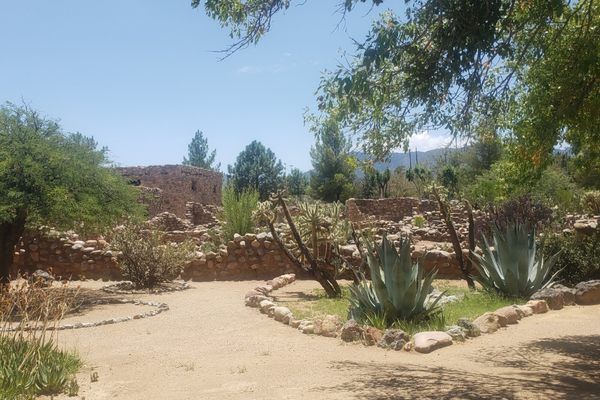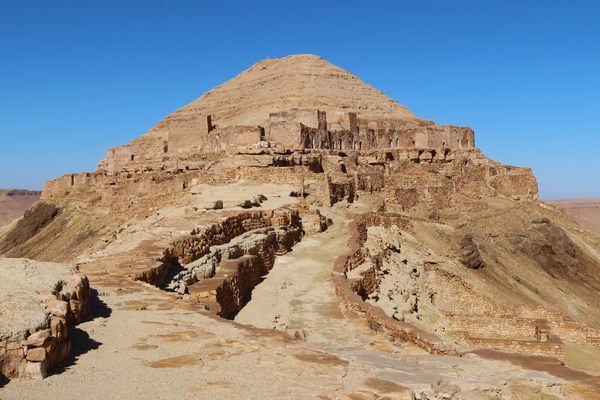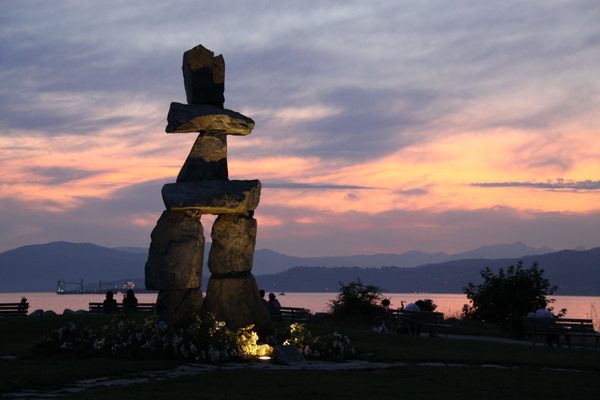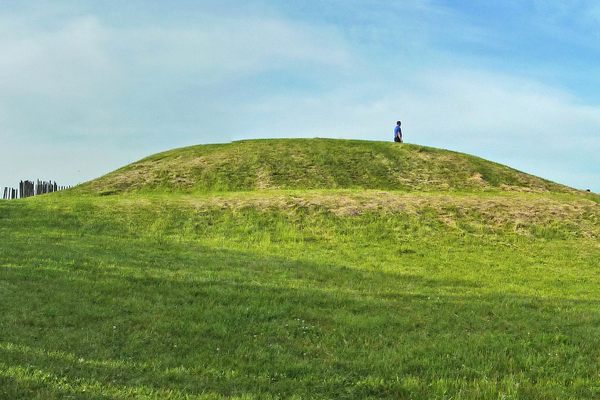About
Onhoüa Chetek8e means "From Yesterday To Today," and it is the result of a man’s strive to share knowledge about the Huron-Wendat Nation. The main structures of the village are a longhouse, a shaman’s hut, and a tepee. Between these larger structures are also a sweat lodge, a smoke room, a dryer, a totem pole, and a hut with some canoes.
The centerpiece of the village is the longhouse, which embodies and mirrors the social structure of the Huron-Wendat society. In spite of the limited resources and rudimentary (yet ingenious) building technique at their disposal, the beams criss-cross in mesmerizing patterns creating vast vaults that bring to mind the dome of a cathedral.
In line with the tradition, the structure of the longhouse is made out of logs joined together using dried animal skin. Traditional longhouses would measure up to eight meters in height and seven meters in width. Their length would vary between 10 and 70 meters, according to the size of the clan living in them—usually between 30 and 50 people.
On both sides of the longhouse are elevated platforms where mattresses made of corn husks were placed, and the space about the beds was for storage. In the middle of the longhouse, there are several firepits, where fires were kept burning at all times. Scattered throughout the longhouse are everyday objects, such as pots, baskets, snowshoes, furs, and dream catchers.
One interesting fact about the Huron-Wendat society is that it was matriarchal. The designated clan mother would make all the major decisions regarding domestic life. Well respected on account of her knowledge and wisdom, she would allocate resources and assign chores.
At the back of the longhouse is a smoke room and a dryer, both used for food preservation. Further along is the sweat lodge, which people would use to purify their body and soul. It is shaped like a pregnant woman because it symbolizes rebirth. Next to the sweat lodge is the shaman’s hut, exhibiting two large masks with trademark distortions of facial features. Towards the end of the circuit is a totem pole, which was actually not part of the Huron-Wendat tradition, and neither was the teepee. Due to their ease of use and transport, teepees were mainly used by nomadic people. Being settled, the Huron-Wendat needed semi-permanent dwellings such as a longhouse.
Related Tags
Community Contributors
Added By
Published
December 30, 2021







































